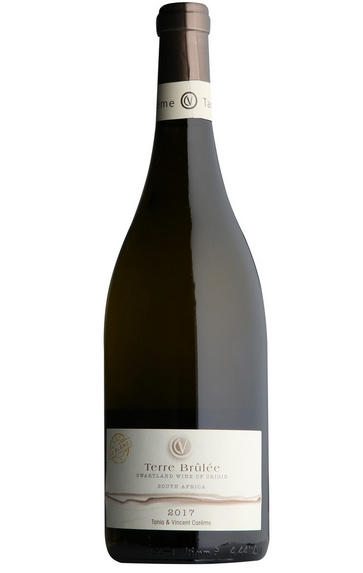
2016 Tania & Vincent Carême, Terre Brûlée Rouge, Swartland, South Africa
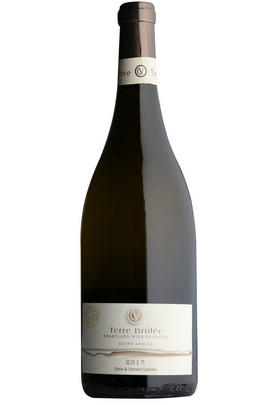
About this WINE
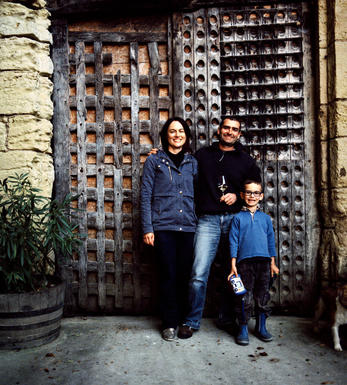
Tania & Vincent Careme
Vincent Carême and his South African wife, Tania, originally came into our portfolio of growers as a dynamic, up and coming Vouvray producer. Vincent set up his domaine in 1999 and has worked quietly to produce expertly crafted Chenin Blanc. With a wife hailing from South Africa, it was not entirely unexpected when he decided to try his hand at making Chenin in another hemisphere.
He sources fruit from carefully selected old bush-vine vineyards in and around the Paardeberg in the Swartland, grown on granite soils. With each vintage the wines are becoming more complex, achieving a balance between the austerity and restraint of dry Loire Chenin and the greater sense of ripeness and opulence that old-vine Chenin Blanc from South Africa embodies. His first release of a Syrah/Cinsault blend will come on stream with the 2016 vintage release.
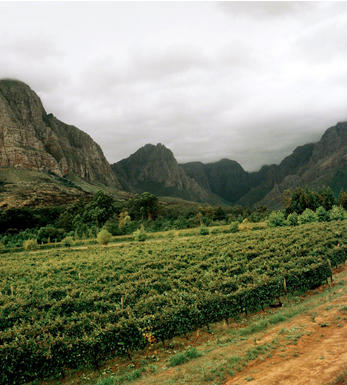
Swartland
After Stellenbosch, the west coast district of Swartland (25 miles due north of Cape Town, between the towns of Malmesbury and Piketberg) now ranks as the Cape's most exciting wine-producing district.
Settled initially by nomadic Khoikhoi from Namibia, the Dutch brought trade and vines to the region in the 17th century. Viticulture was developed only more recently.This contrasts with an ancient geology which has brought a mix of shale, arenite sandstone and granite soils air-conditioned by the Atlantic Ocean nearby.
Chenin Blanc and Shiraz seem to do best, as exemplified by the wines of Eben Sadie and Mullineux.
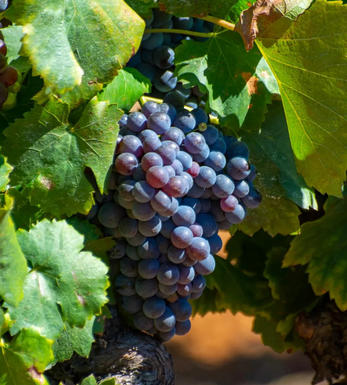
Cinsault
Cinsault (pronounced "sin-so") is a red grape variety known for its versatility and contributions to various wine regions worldwide. It has a rich history, primarily in the Languedoc region of southern France, but it has spread to many other wine-producing areas due to its adaptability to different climates.
Cinsault grapes are medium-sized with thin skins, typically dark blue to black in colour. The vines are hardy and drought-resistant grapevine, making them suitable for warm and arid climates. They are particularly well-suited to Mediterranean regions and thrive in areas with hot summers.
While Cinsault is mainly used in red wine production, it is also sometimes used in rosé wines, adding light and fruity character. It is often blended with other grape varieties to enhance the wine profile.
The variety tends to exhibit a range of flavours, including red berries, cherries, and sometimes a hint of spices. When used in rosé wines, it can bring out more floral and watermelon notes.
Tannins are typically on the lower side, which can make them more approachable and enjoyable in their youth. The variety is often used in blends to soften and round out more tannic grape varieties.
Cinsault has been a key component in traditional blends in southern France, such as in Châteauneuf-du-Pape wines. Over time, it has gained popularity in other wine regions as winemakers recognize its potential for producing high-quality wines.


Buying options
Add to wishlist
wine at a glance
Delivery and quality guarantee